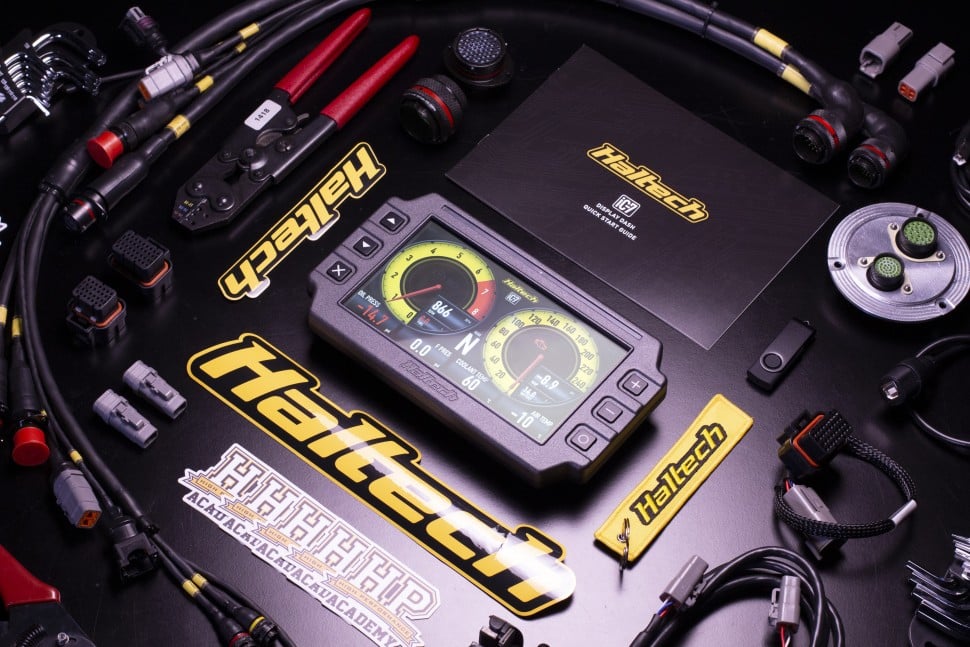| 00:00 |
SLM and other forms of metal powder bed fusion provide the ability to create metal parts with far superior properties to the polymer-based materials that we've discussed up to this point in the course.
|
| 00:11 |
These properties allow for use in much more demanding performance and motorsport applications, which in most cases will be very low quantities or one-off custom parts.
|
| 00:22 |
These low volumes often don't justify the expense of specialised tooling for the likes of casting, although investment casting, which utilises a cheaper, disposable mould, is sometimes used, most metal parts for our projects would traditionally be fabricated or machined.
|
| 00:40 |
However, with the rise of accessibility around processes like SLM, we can now redesign these parts for the much more flexible 3D printing process with geometry that simply was not possible to manufacture previously.
|
| 00:54 |
Not only is metal 3D printing flexible in the objects it can create, and in its production run quantity, it also works well with a large list of materials.
|
| 01:04 |
At this point in the development of metal 3D printing technology, the main powder materials available are aluminium alloys, steels, titanium, copper, cobalt, chromium and nickel-based super alloys like Inconel, all of which we'll be discussing soon.
|
| 01:20 |
But keep in mind that other materials are available and constantly being developed as metal powders for these processes.
|
| 01:28 |
While many people might think that 3D printing metals would be more expensive than traditional techniques, it can actually make much more expensive materials more accessible.
|
| 01:38 |
It's true that billet aluminium is relatively cheap and is readily available in a range of sizes.
|
| 01:44 |
This means we can get a suitable billet size for our design and avoid unnecessary cost and waste.
|
| 01:50 |
Once we move into steel, stainless steel and even titanium, the price increases fast.
|
| 01:56 |
Taking titanium as an example, the material is more expensive and it's less likely to be available in the ideal size, so we'll probably have to spend much more on a larger billet, which will lead to more waste.
|
| 02:10 |
The material is also much harder than aluminium, so we can't remove material as fast, leading to longer process times.
|
| 02:18 |
More expensive tooling is required and this tooling wears out faster, so again the price increases exponentially, putting these materials in a more out of the budget for most CNC machining projects.
|
| 02:30 |
Aluminium, steel, stainless steel and titanium are also commonly produced in the form of tubing or sheet metal for fabrication in our projects, but this production method is limited in terms of flexibility and automation.
|
| 02:43 |
This might not always be the case for machining aluminium or fabrication with stainless or titanium tubing, however we still have a lot more flexibility in the design and the ability to create much more intricate and complex parts.
|
| 02:56 |
And of course the manufacturing process can still be automated.
|
| 03:00 |
The main takeaway from this module is that 3D printing metals can initially appear to be much more expensive than the alternatives like machining or traditional fabrication.
|
| 03:10 |
However, it can actually make more expensive materials more accessible while also offering much more design flexibility.
|





